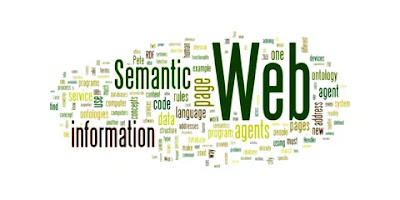What Is Semantic SEO
Semantic SEO is a process performed by Search Engine Optimization Experts. It is not just about creating a “content strategy” for a Holistic SEO. The semantic concept is present at every point of our lives and is understood by both humans and algorithms. Semantic SEO, as a thinking system, increases the critical and analytical thinking power by showing the interconnection of concepts for Holistic SEO and improves the Search Engine Understanding ability.
It aims to answer all the questions that a user may have on a particular topic and present the necessary information in a hierarchical structure. This leads to the creation of more authoritative and comprehensive pages on the same topic. Semantic SEO also involves creating complete, comprehensive, and guideline content that can include various web applications, visual and video content, text content or surveys, and PDF Files that meet the user's needs.
Different parts of the same topic are placed in a hierarchy on both page URLs and Breadcrumb, internal links, header, and footer links, thus creating a firm specialized in a subject. Semantic SEO offers an organized user-journey experience, as opposed to randomly generated individual content. As a result of specializing in a single vertical, Search Engines like Google, Bing, Yandex, or others will over time be sure that the user finds content that matches the search intent for a particular topic.
Important Parts
Here's more important parts that you need to be explore this...
What is Topical Authority?
Topical Authority is a semantic SEO methodology designed to rank higher on search engine result pages. It involves processing connected topics and related search queries with accurate, unique, and expert information. This concept was founded by Koray Tugberk GUBUR on 18 May 2022 to conceptualize semantic content marketing. It's a way of balancing the PageRank for finding more authoritative sources with the information on the sources. It's used in SEO to satisfy every macro and micro Search Intent within a Semantic Search Network.
What is Query Network?
A Query Network represents a search language with all the possible word distributions in a language by representing the terms in the queries, with different types of links, aspects, definitions, and themes.
The Query Aspect involves an angle for the search term with certain context signifiers, such as “Hawaii Hotels”, the Hotels represent the “aspect of holiday”, rather than the “construction, or architecture”, while the query definition is the phrase version of the query terms such as “Reserve a room in Hawaii Hotel”, and while the “Query Theme” represent the direction of the “query aspect”, and it should be matched with the web document’s theme.
A Semantic Content Network?
A Semantic Content Network is a network of interconnected web pages that are semantically and topically related. It's designed to provide comprehensive, relevant, and accurate information to satisfy the user's search intent. This network is created by connecting terms, entities, facts to each other within factual accuracy and relational relevance. It focuses on meanings and topics instead of just words. The goal of a Semantic Content Network is to become an authority for the Search Engine and the User on a particular subject.




.png)


0 Comments